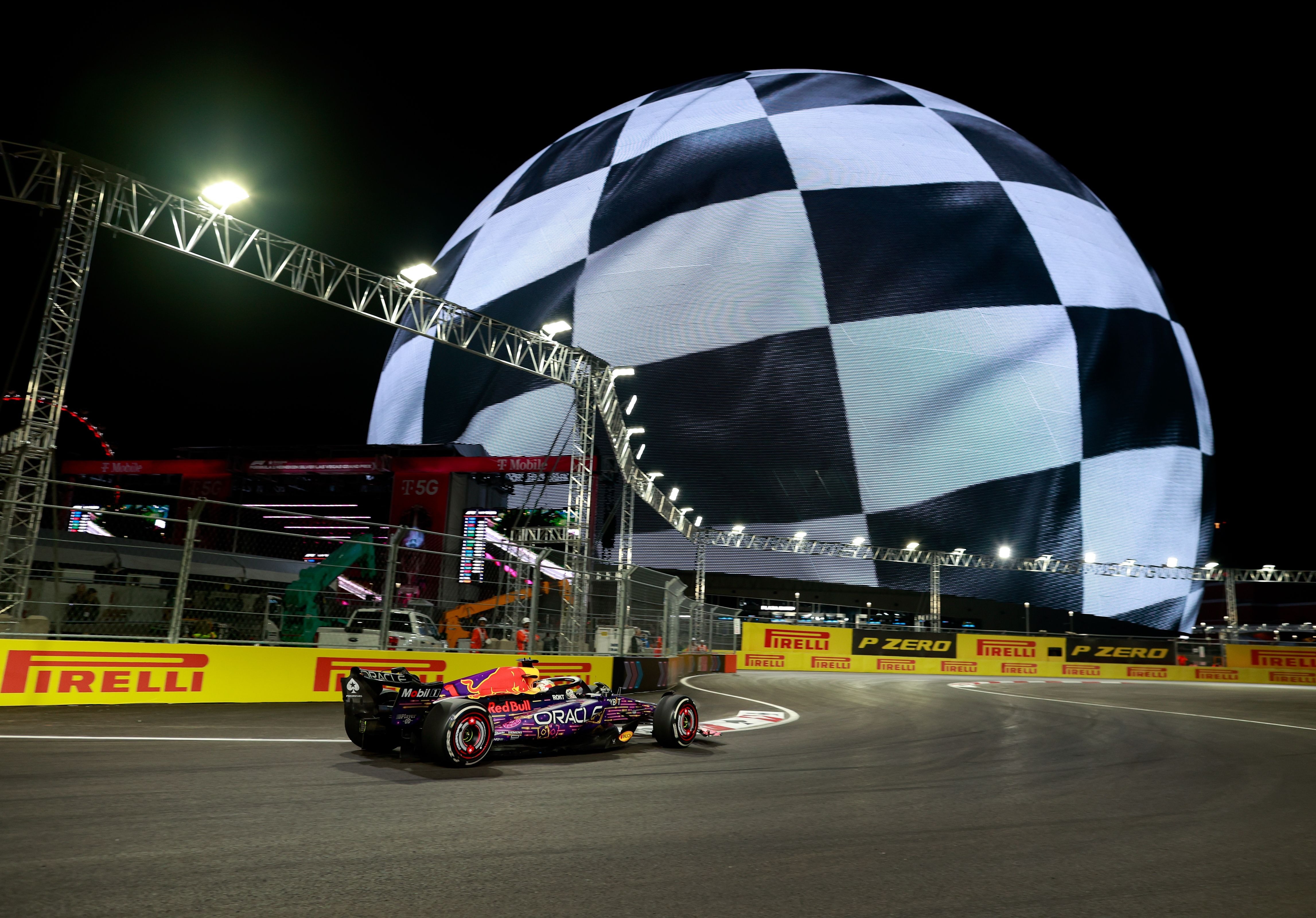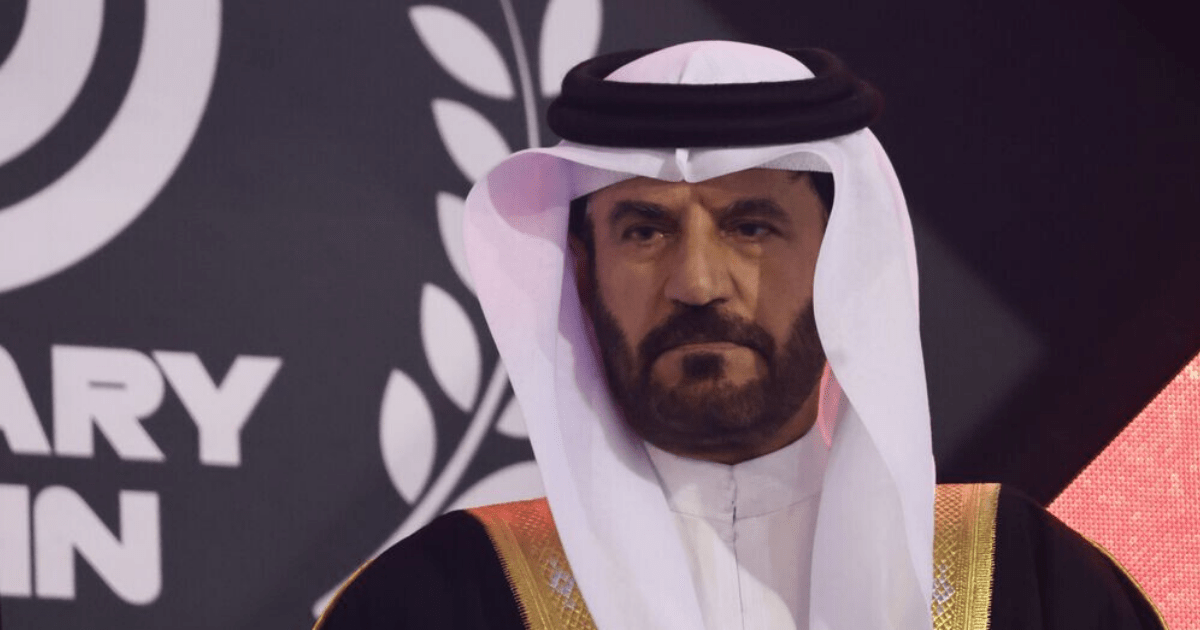Allegations Against FIA President
FIA President Mohammed Ben Sulayem is facing new controversy as a whistleblower accuses him of trying to block the Las Vegas Grand Prix last year. This allegation follows previous claims against Ben Sulayem regarding the 2023 Saudi Arabian GP.
Investigation Underway
The whistleblower alleges that they were instructed by the FIA president to avoid passing the circuit as safe for racing. The FIA's compliance officer has reported these claims to the ethics committee for internal investigation.
Response from FIA
In response to the allegations, the FIA stated that the Compliance Department is carefully assessing the concerns to ensure due process is followed meticulously. Despite attempts to block the race, the Las Vegas GP was deemed safe and successfully held its inaugural event last year.
Ongoing Drama in Formula 1
As the controversy unfolds, Max Verstappen is set to face scrutiny ahead of the Saudi Arabian GP. Additionally, tensions within the Red Bull team have surfaced, with reports of a rift between team members amidst a "sexting" scandal involving team boss Christian Horner.

Frequently Asked Questions
What type of communication system do F1 teams employ during a race?
F1 teams use sophisticated communication systems to maintain constant contact between the driver, race engineers, and strategists during a race. These systems consist of radio communications to transmit voice, and data transmission via telemetry. Teams use digital radios encrypted to maintain clear and secure communication even in noisy environments. With these systems, teams are able to make instant decisions and provide drivers crucial information regarding their car performance, race strategies, and competitors status.
What is the difference between Formula 1 and Formula 2 cars in terms of braking system?
Formula 1 cars have highly sophisticated braking systems, which include carbon fiber brake pads and discs, as well as sophisticated hydraulic systems, for maximum stopping power. These components have the ability to withstand very high temperatures. They also provide responsive braking. Brake by wire systems allow fine-tuned, electronic control of brake force.
How do aerodynamics play a role in Formula 1 racing?
In Formula 1, aerodynamics play a crucial role in the performance and handling. The car’s bodywork and wing design are used to increase downforce. This increases grip on the track. Drag reduction is also important for maximising straight-line speed. Aerodynamics dictates the balance of downforce and aerodynamic drag. This results in complex designs with ongoing development through out the racing season.
What advances have been made with tire technology in Formula 1?
The technology of Formula 1 tires has advanced significantly. Advancements have been made in the areas of compounds, construction and performance. Tire compounds can be developed to fit different track temperatures, conditions and strategies. Construction of tires has been improved to improve strength, durability, lateral grip, and durability. Also, new tread patterns, contact surfaces, and other improvements are aimed to optimize the performance of tires across the race course, while balancing wear and degradation.
What is the importance of hybrid technology for Formula 1 engines
Energy Recovery System or hybrid technology is a significant feature of Formula 1. It improves engine performance and efficiency. ERS captures the energy lost in braking and heat dissipation to store it for future use. It allows drivers the ability to gain additional power via a KERS and H-ERS, contributing to overtaking and defending position on track.
What steps does Formula 1 take to be more environmentally friendly?
Formula 1 adopts several measures in order to become more environmentally friendly. One of the major initiatives is the transition to biofuels. The goal is to achieve a carbon footprint net zero by 2030. The sport conducts research on sustainable fuel technologies in order to reduce emissions of greenhouse gases. On-going efforts are made to implement greener and more efficient travel methods. F1 works closely with partners in order to improve the recycling of components and to reduce waste.
Statistics
- Formula 1 engines can rev up to 15,000 RPM, a decrease from the 18,000 RPM limit set prior to the 2014 regulation changes.
- Formula 1 races on average have over 300 sensors on a car, generating more than 1.5 billion data points over a race weekend.
- The drag reduction system (DRS) can increase a Formula 1 car’s straight-line speed by approximately 12-15 km/h when activated.
- The energy recovery system (ERS) in modern Formula 1 cars can provide up to 161 horsepower of additional power for approximately 33 seconds per lap.
- Modern Formula 1 car chassis are required to withstand a frontal crash test with a peak deceleration of no more than 25 g.
- Wind tunnel testing for Formula 1 cars is limited by regulations, with teams only allowed a maximum of 40 hours of running per eight-day aerodynamic testing period.
- Computational fluid dynamics simulations are capable of calculating around 300 million mesh points to simulate airflow around a Formula 1 car.
- Formula 1’s research into sustainable fuel aims to create a 100% sustainable fuel for use in F1 engines by the mid-2020s.
External Links
formula1.com
autosport.com
autocar.co.uk
formula1.com
bbc.com
pirelli.com
techradar.com
formula1.com
How To
F1 Fuel Efficiency – What You Need to Know
In order to better understand Formula 1 innovations that improve fuel efficiency, look into the introduction of hybrid engines and the current engine regulation. You can also look into the MGUH and MGUK units which recover energy and reduce consumption of fuel. Examine publications discussing the target of 100% sustainable fuels and how teams are optimizing their fuel strategies during races to ensure maximum efficiency with the power units available.

